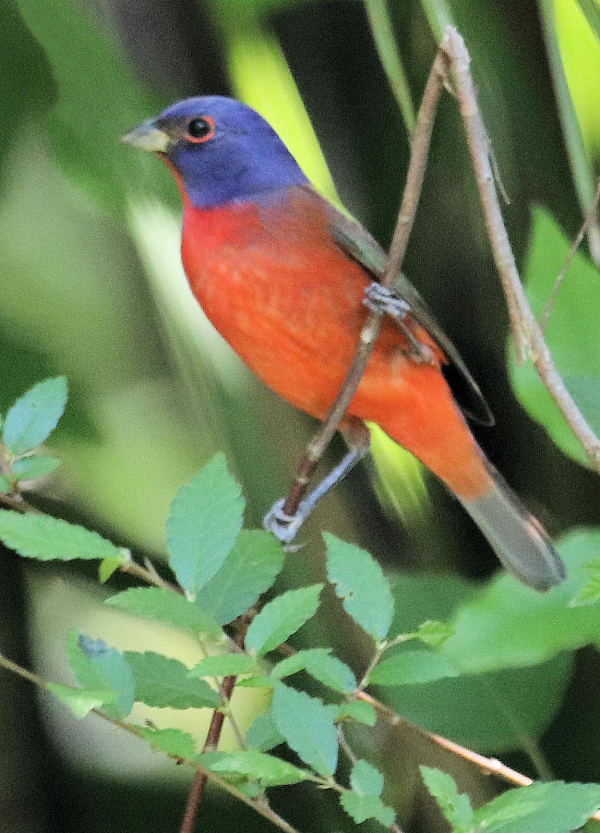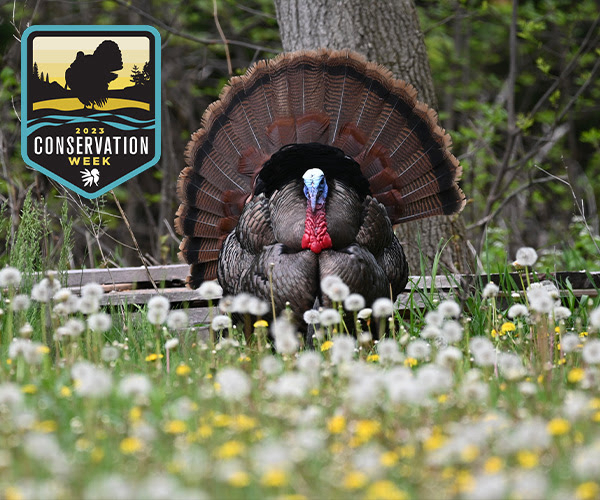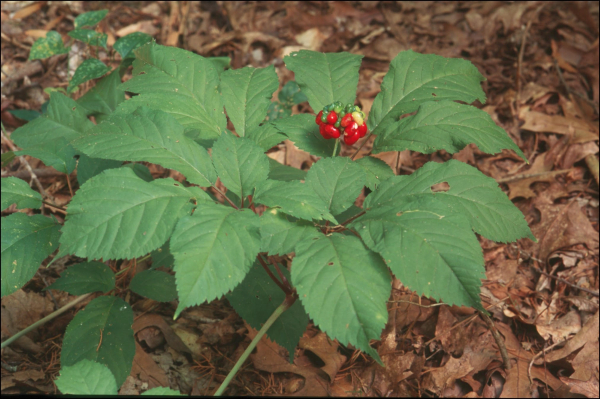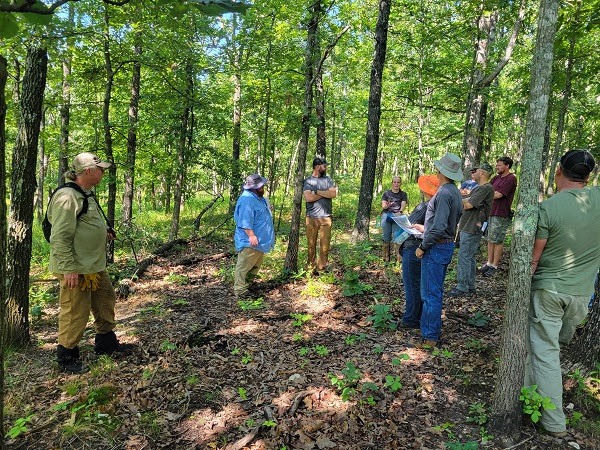Painted Bunting Backyard Research

The species’ remarkable combination of colors is evident in this Painted Bunting photo taken by David Hollie. Are you lucky enough to see male and female Painted Buntings at one of your seed feeders?

A program that enlisted the help of birders who attracted Painted Buntings to their feeding stations was initiated by a group of biologists centered in the Carolinas – the Painted Bunting Observation Team (PBOT) – a research program that banded and monitored buntings across the East Coast side of the species’ range. Feeder hosts let the group know when they were attracting Painted Buntings to their feeders, which would elicit a response by a team member to capture, band, and release the colorful songbirds to learn more about them.
Thereafter, the host birders recorded the activities of banded Painted Buntings at their feeders, sometimes over the course of years, which revealed information about their longevity, site fidelity, and other behaviors to the team, and to science. This all started 14 years ago, when Lex Glover, a retired wildlife biologist with the South Carolina Department of Natural Resources, and Jamie Rotenburg, a professor at the University of North Carolina, started the PBOT. During that first season, one special male Painted Bunting was banded that would make this story even more significant.
After the Painted Bunting was banded, its activities were monitored and documented by Ann Knolte and Hank Stallworth at their feeding station at their stunning farmhouse surrounded by flower gardens in South Carolina. In fact, even after the PBOT program ended, Ann Knolte continued taking detailed notes of bunting behavior in her yard that included information about the banded bunting that continued to visit the area for years. Read more










